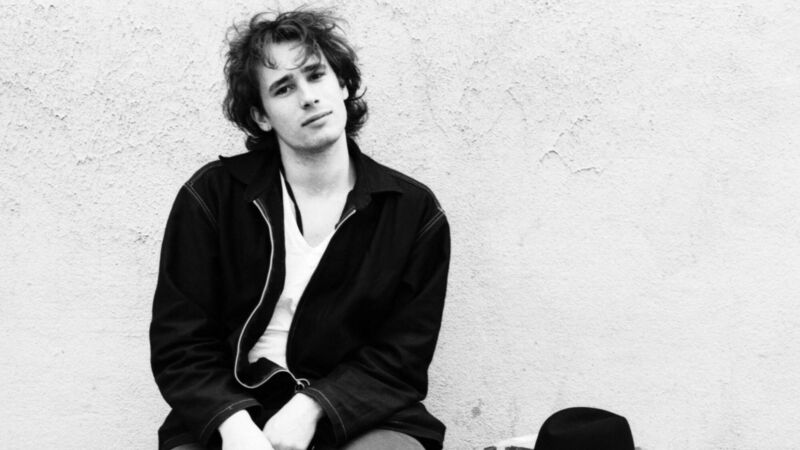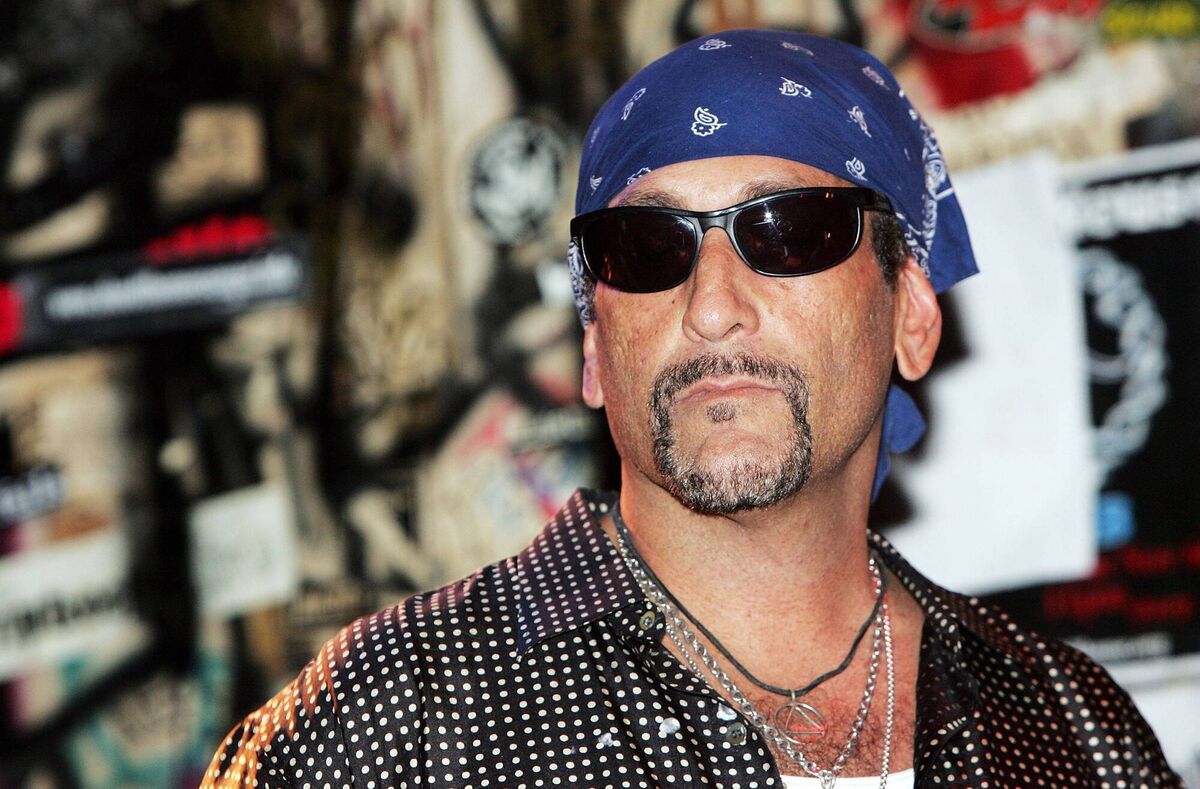Tom Dunne: New York's Irish haunts were instrumental in Jeff Buckley’s rise

Jeff Buckley in 1994, the year he released Grace, and three years before he died in a drowning accident. (Photo by David Gahr/Getty Images)
Jeff Buckley’s sublime Grace album turns 30 on August 23. It wasn’t a huge success on release, either critically or commercially, but oddly enough had its official release in Whelans in Dublin. That venue will host a special gig on the anniversary to mark the occasion.
But why was it ever launched here? The Irish connection goes back to a tiny coffee house/ bar that existed in New York in the early 1990s. It was called Sin É and was located at 122 St Mark’s Place, just off Tompkins Square Park. It was tiny, dark and dangerous to get to. It was the then number one mecca for the Irish in the US.
It’s funny how often legendary clubs are tinier than you’d imagine. I doubt many music pilgrims have made their way to either The 9:30 Club in Washington DC, or CBGBs in Manhattan without thinking “Honestly! Is that it?”
They were tiny, filthy and not fit for purpose. In daylight, they were uninhabitable. But who ever went in daytime? Nighttime, when the lights went on, was when the action started. Nighttime, when rumours abounded that Madonna had sent a car for someone she fancied in the bar.
A room you knew you couldn’t swing a cat in, took on a Tardis quality in the dark. Surely there were hundreds of us now. You could still smell disinfectant, but the beer was cold and there was music and magic in the air.
Sin É had been started up by Shane Doyle, an Irish immigrant, in 1989. The area was, in estate agent terms, was “on the up”. In reality, you needed to be careful, all the time.
This was early ’90s Manhatten. South of Houston, known as Alphabet City, was a no-go zone; the area around Time Square was a no-go zone; parts of the East Village, yes again, you’ve guessed it... But with the danger came a certain chic. It was like drinking in a war zone.
It was a world of music, books, Patti Smith, cold beer and pizza slices, cheap Levi jeans, thrift shops and, it seemed, the coolest people on earth. I met a friend who had worked in AIB. Now he was dating a Brazilian tattoo artist and working as a photographer. We weren’t in Leitrim anymore.
Shane made it his mission to put Sin É on the map and had inveigled Sinead, The Flowers, the Happens, The Waterboys, Christy Dignam, Marian Faithful, the Commitments and Allen Ginsberg to play there. It was an essential gig even if you could hardly fit in.
Adjoining it was another coffee shop/ bar called Anseo. This was ever so slightly more daytime. It was often the place you’d base yourself in as you explored Manhattan. Irish people came and went all day long. It was a second home.
A major attraction was its bar man, Handsome Dick Manitoba. The former lead singer of The Dictators was a punk rock legend and a handsome one at that. Their 1975 album Dictators Go Girl Crazy was a seminal punk record. Even Springsteen was a fan.

It was at this bar that Handsome Dick introduced us to a young man who was starting to make a name for himself.
He had made Monday nights at Sin É his own. He had recorded a debut album, but that was no big thing in this company. Everyone in that bar had at least one under their belt.
“He is Tim Buckley’s son,” someone whispered in my ear. He, like our barman, was strikingly handsome. Later he slipped next door and performed. His version of Hallelujah seemed to bring Manhattan itself to a standstill. Buckley was the real deal.
I don’t know how he came to launch the album in Ireland. Perhaps as he had found his first audience in an Irish bar someone had just suggested it to him. But it didn’t surprise me that Ireland we took him to our hearts.
There was an Irishness to it, a plaintiff quality in his voice that was almost sean nos in nature, a keening magnificence.
Sin É was a cool place. It wasn’t the kind of the venue where you’d hear Danny Boy. These were aspiring playwrights, artists and writers, as happy to soak up American indie culture as they were to share their own.
Buckley was typical of that coming together. There was something in him we liked, and something in us he liked too. A kind of Grace, I suppose.



